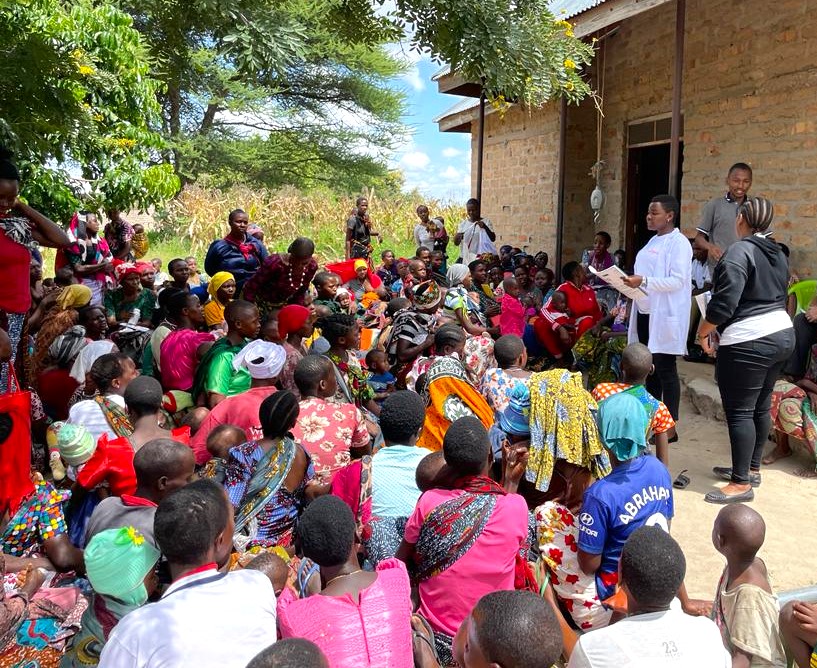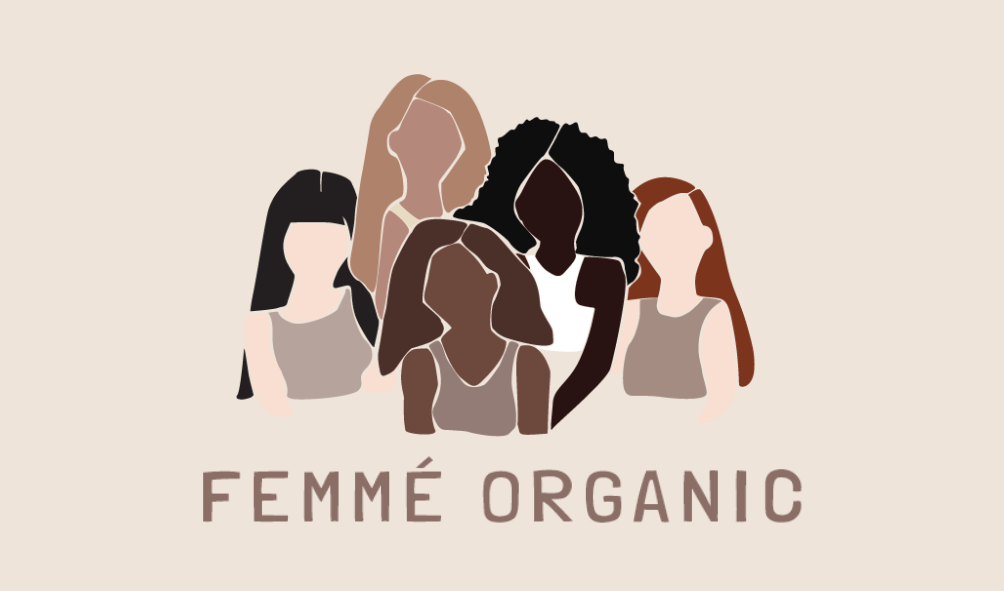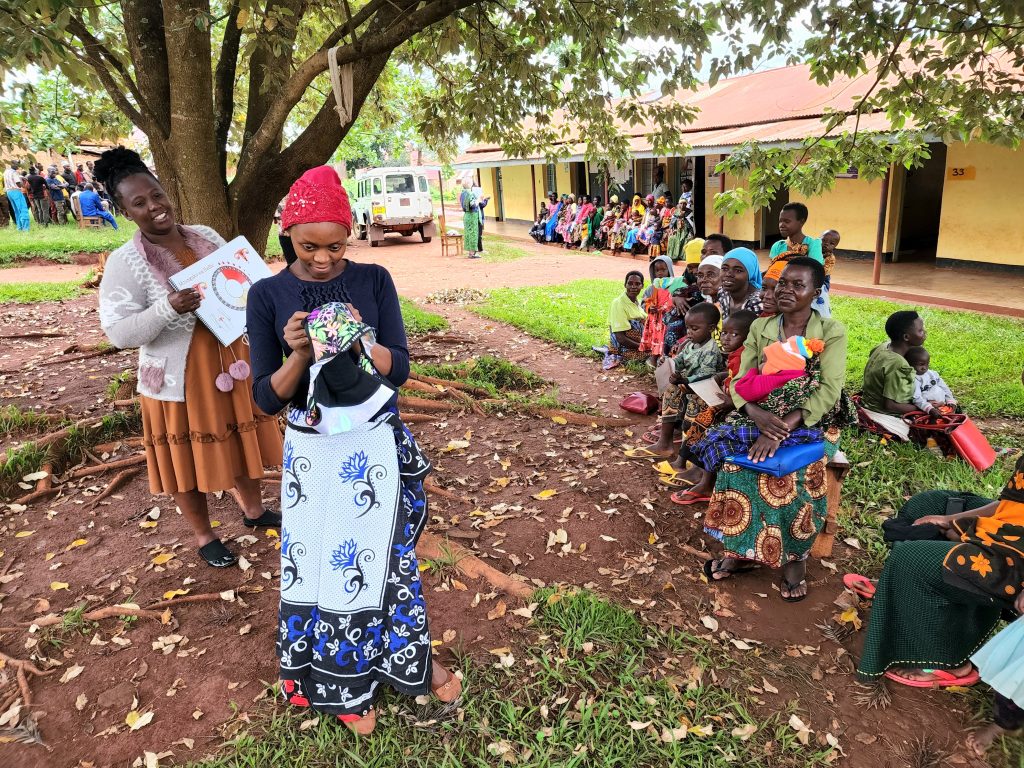Wezesha, Tanzania-Reproductive health education for women
Tanzania, with its population of 54.7 million people (2018), is located in Africa. It borders the Indian Ocean to the east, and has land borders with eight countries: Kenya, Uganda, Rwanda, Burundi, the Democratic Republic of Congo, Zambia, Malawi and Mozambique.
It has long been established that the education of women is the key to reducing the rates of poverty and improving the health outcomes of mothers and their children. A recent World Bank study estimated the systemic barriers that girls face completing 12 years of education cost countries between $15 and $30 trillion in lost lifetime productively and earning1.
The World Health Organisation has estimated that in Sub-Saharan Africa, investing $1 in family planning can save approximately $4 in what would have otherwise been spent on the complications of unplanned pregnancies. This doesn’t include the loss of education that unplanned pregnancies have on an adolescent girl, resulting in a significant loss in future earning potential and the ripple effect this has on future health outcomes for her family.
Of vital importance is also the knowledge of when to seek health care. Women in Africa have a 1 in 42 lifetime risk of dying in childbirth.
In the remote region of North-West Tanzania, a study undertaken in 2012 indicated that the average age of women attending their first episode of antenatal care was 5.4 months and the majority were not aware of common pregnancy complications that required attendance to a health facility2. There was also a staggering 48% of women who did not receive any post-natal care after birth, a statistic which is concerning considering that the majority of maternal and neonatal deaths occur in the first 48hrs following delivery3.
This study also indicated that there was a 21% unmet need for contraception and 40% of women were using contraception when an unplanned pregnancy occurred2. This identifies a significant need for the improvement of education regarding various methods of contraception, their use and lack of availability.
1 in 10 adolescent girls in Sub-Saharan Africa miss school every month during their period4. This results in a significant portion of missed education and the consequences of this. “Meeting the hygiene needs of all adolescent girls is a fundamental issue of human rights, dignity, and public health,” Sanjay Wijesekera, former UNICEF Chief of Water, Sanitation and Hygiene said.
References
- “Wodon, Quentin; Montenegro, Claudio; Nguyen, Hoa; Onagoruwa, Adenike. 2018. Missed Opportunities: The High Cost of Not Educating Girls. The Cost of Not Educating Girls Notes Series. World Bank, Washington, DC. © World Bank. https://openknowledge.worldbank.org/handle/10986/29956 License: CC BY 3.0 IGO.”
- Ward, Amanda et al. Identifying barriers to Maternal Health Care in North-West Tanzania. Monash University. 2012.
- WHO. Trends in Maternal Mortality: 1990 to 2010. WHO, UNICEF, UNFPA and The World Bank estimates. World Health Organisation, Geneva. 2012.
- Global Citizen. https://www.globalcitizen.org/en/content/period-poverty-everything-you-need-to-know/ . Accessed 20th February 2023.
Objectives of this project are:
– To engage the women in the communities through seminars which aim to provide education regarding reproductive health, family planning and pregnancy care.
– To allow for engagement of both women and men in these communities through focus groups during these education events.
– To provide reusable period pads in order to reduce the negative impact of period poverty in these communities
– To provide mentorship, leadership and teaching to the current health professionals in order to improve their knowledge of public health education techniques and strategies.
in the regions of Ngara, Kilimatinde and Berega in Tanzania.





